Toilet with access for disabled persons - essential equipment

Toilet for disabled people - what to take care of?
A toilet for disabled people is slightly different in layout from a standard bathroom. The equipment of a bathroom for disabled people is also a bit different.
The basic technical requirements for a toilet for disabled people are determined by the law, including in particular the regulation of the Minister of Infrastructure on the technical conditions that buildings and their location should meet. According to them, a bathroom for a disabled person must be equipped with a maneuvering space with dimensions of 1.5 by 1.5 meters.
It is also accepted that the minimum dimensions of a toilet for people with disabilities, in terms of the entire room, are 2 m by 2.4 m. However, a shower cabin with facilities adapted for use by people with disabilities using wheelchairs should have a surface area of at least 2.5 square meters and a width of at least 1.5 m. The bathroom door and individual toilets must be at least 90 cm wide. The toilet for people with disabilities should meet the requirements of EU and international law.
The regulations do not specify exactly what equipment for people with disabilities should be used in the bathroom, but it is assumed that the bathroom equipment for a person with disabilities must meet their needs, especially in terms of mobility.
Similar technical conditions must be met by the toilet for people with disabilities.
Toilet for people with disabilities - basic equipment
The absolute minimum in a toilet for people with disabilities will be the installation of handles for people with disabilities. Such handles should be mounted securely and permanently to the wall (or standing handles for people with disabilities can be installed) at a specified height. In the case of a toilet (which cannot be smaller than 70 cm) for people with disabilities, this will be approximately 80-85 cm from the floor. Similar handles should be located near the sink for people with disabilities. The sink itself should have a minimum width of 60 cm. Let's also remember about the appropriate maneuvering space.
Bathroom accessories for people with disabilities
Another type of equipment for a bathroom for people with disabilities will be corner handles useful near a bathtub for people with disabilities (which should be equipped with a special seat) or under the shower. The shower cabin should also have a shower seat for a person with disabilities. It can be foldable or permanent.
The number of handles and other bathroom accessories for the disabled to be installed in the bathroom is not specified. It all depends on the size and layout of the room. The most important thing is for the bathroom equipment for a disabled person to meet their needs and help them use the toilet comfortably and independently.
What other bathroom accessories for the disabled will be useful in a bathroom for a disabled person? These will certainly include stools, steps, and various types of seats. You can also add special hangers and hooks for toilet paper and a toilet brush with a longer handle to the handles for the disabled. The bathroom for the disabled should also have more convenient faucets with longer handles, which makes it easier to turn on the water. A soap dispenser should be placed next to the sink.
In a bathroom for a disabled person who moves around in a wheelchair, a tilting mirror will be a particularly useful convenience. Thanks to its adjustable angle, it allows people who only move around in a wheelchair to see themselves in the mirror.
Hand dryers in disabled toilets
Another important equipment for people with disabilities in the bathroom will be an electric hand dryer. This solution is easy to use, trouble-free, environmentally friendly and cheaper than the alternative, which is paper towels.
A special convenience for people with disabilities is that hand dryers for people with disabilities are touchless - meaning they turn on and off using a motion sensor. This way, a person with disabilities does not have to deal with the need to pull paper towels from the dispenser. In the case of some bathrooms for people with disabilities, it is worth considering the installation of modern and fast pocket dryers. However, it should be remembered that such a dryer must be installed low, and hands should be inserted inside, almost vertically and quickly moved. Therefore, it is recommended to weigh the pros and cons so that hand drying is not a difficulty for people with mobility limitations.
Bathroom equipment for the elderly
Designing a bathroom for older people is particularly important. The number of elderly people in Poland is constantly increasing. Today, their number is close to 10 million, and in the future there will be even more. Seniors, even if they do not have a disability certificate, often struggle with various health problems and mobility issues. Reduced physical ability means that a bathroom for older people should be prepared similarly to a bathroom for people with disabilities. The same rules apply - when designing a bathroom, each senior should be treated individually and their needs should be taken into account in the project. Although it is not necessary to install all the accessories for people with disabilities, the most important equipment in a bathroom for older people will be grab bars, which will allow them to support themselves when moving or sitting and standing, as well as a shower seat or bathtub seat. When it comes to grab bars, it is important to consider that older people prefer those with a larger diameter, which are easier for them to grip. It is also worth investing in non-slip mats and tiles. If there is a bathtub in the bathroom, consider replacing it with a shower cabin.
You can read more about bathrooms and toilets for people with disabilities in the following texts: Toilet for people with disabilities - what do the regulations say? and Bathrooms for people with disabilities - design principles, dimensions, requirements
A toilet and bathroom for people with disabilities is a special place due to its design and equipment with accessories for people with disabilities. When building it, regulations and good design practices should be taken into account, as well as choosing equipment that does not create additional barriers and helps with using the bathroom. The same applies to arranging a bathroom for elderly people.
Ryszard Kurek
All rights reserved. No part of the publication (text, graphics, images, photos, files, and other data) presented in the OLE.PL online store may be reproduced or distributed in any form or manner without prior permission. All trademarks, graphics, proper names, and other data are protected by copyright and belong to their respective owners.

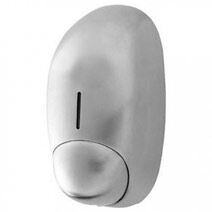

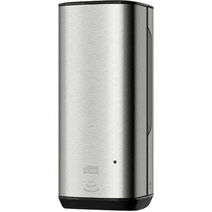
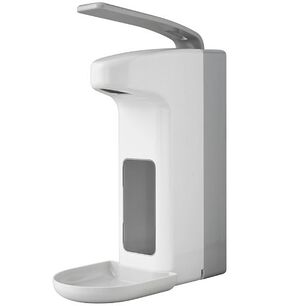

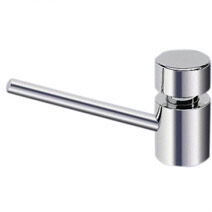
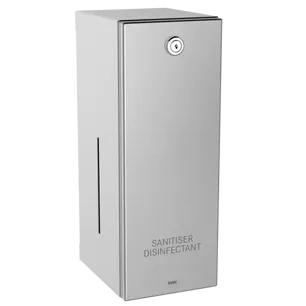

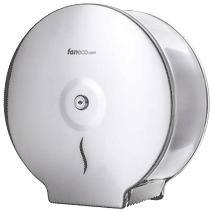

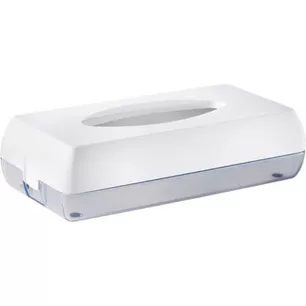
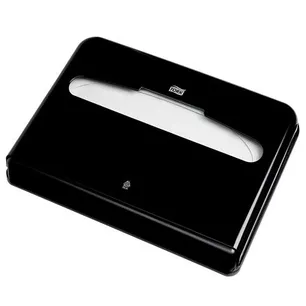
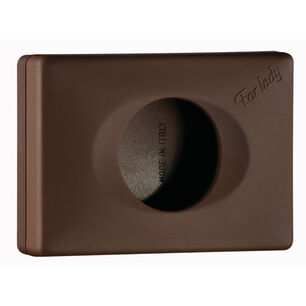
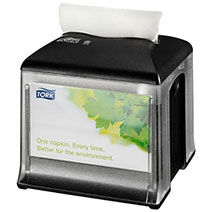

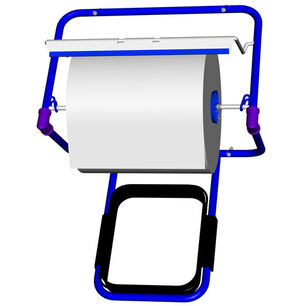
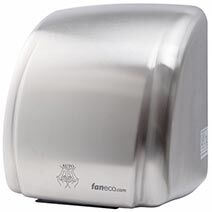
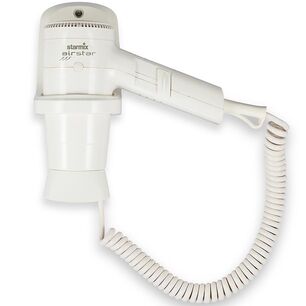
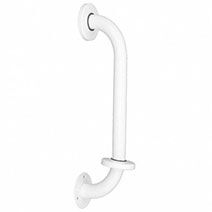
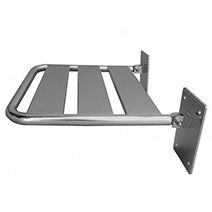
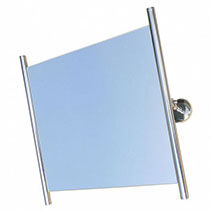
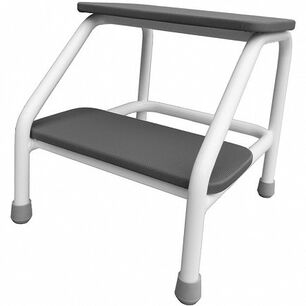
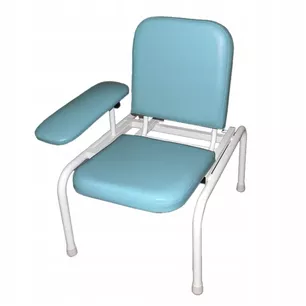




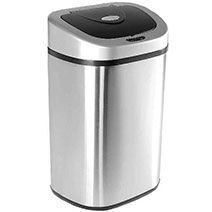
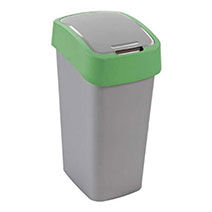
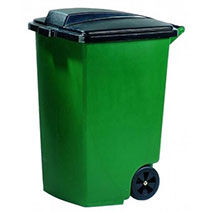


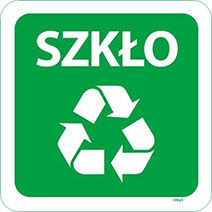

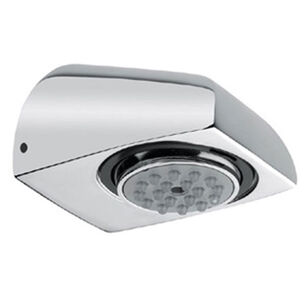
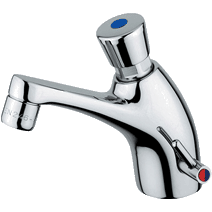
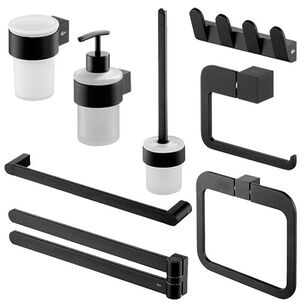
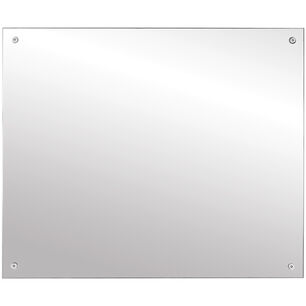
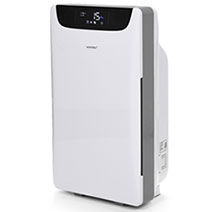


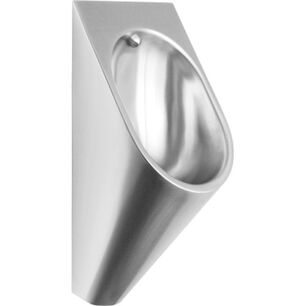
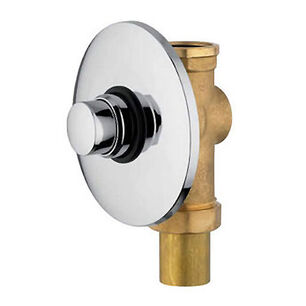
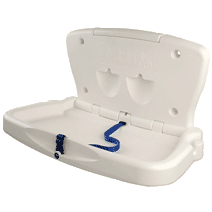
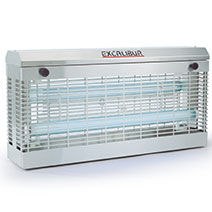

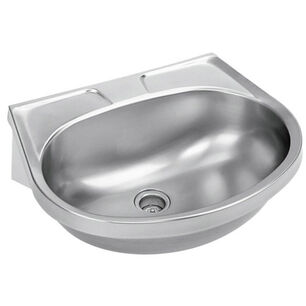
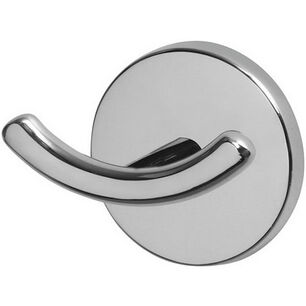
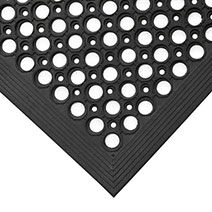
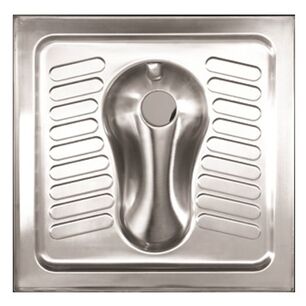
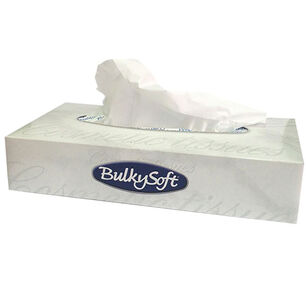
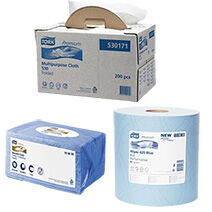



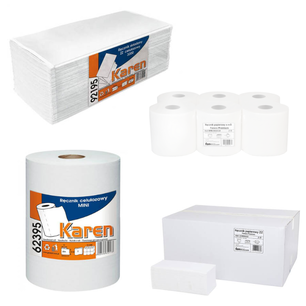
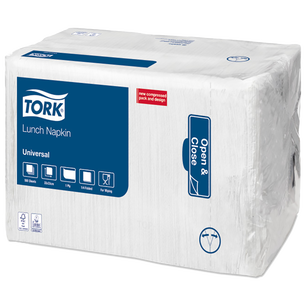
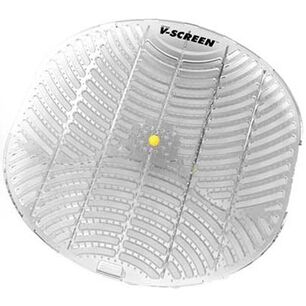
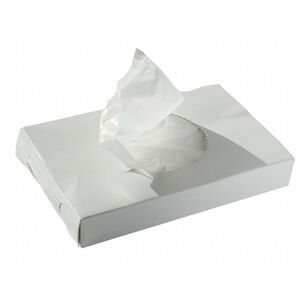
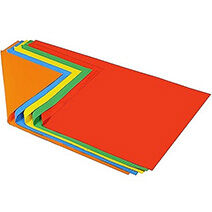
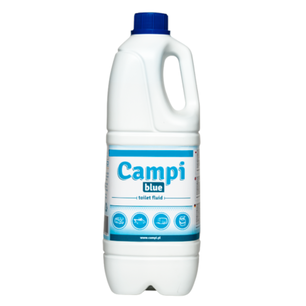
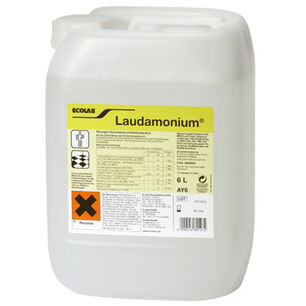
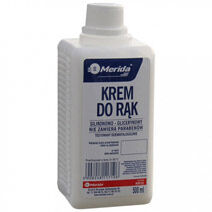
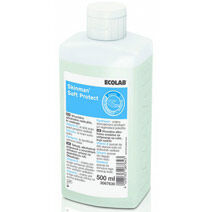
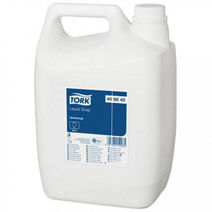
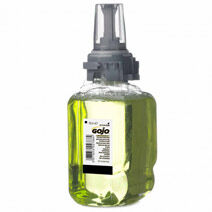

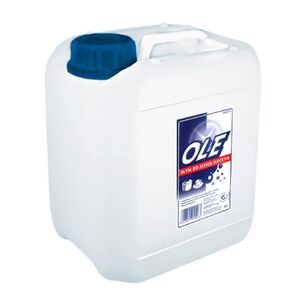

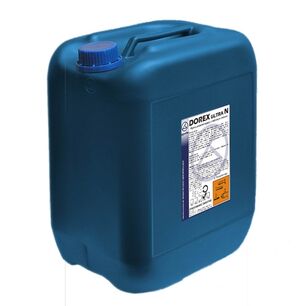
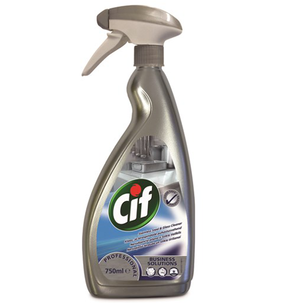
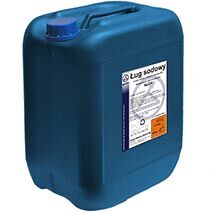

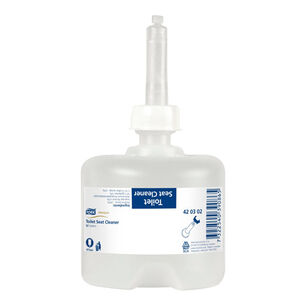
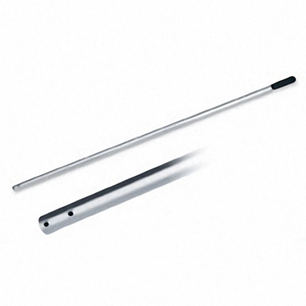
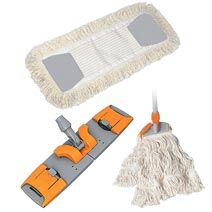

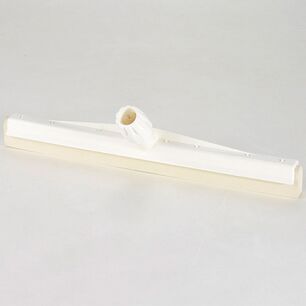

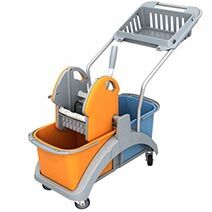


 Polski
Polski
 Czech
Czech
 German
German
 Spanish
Spanish
 Slovak
Slovak